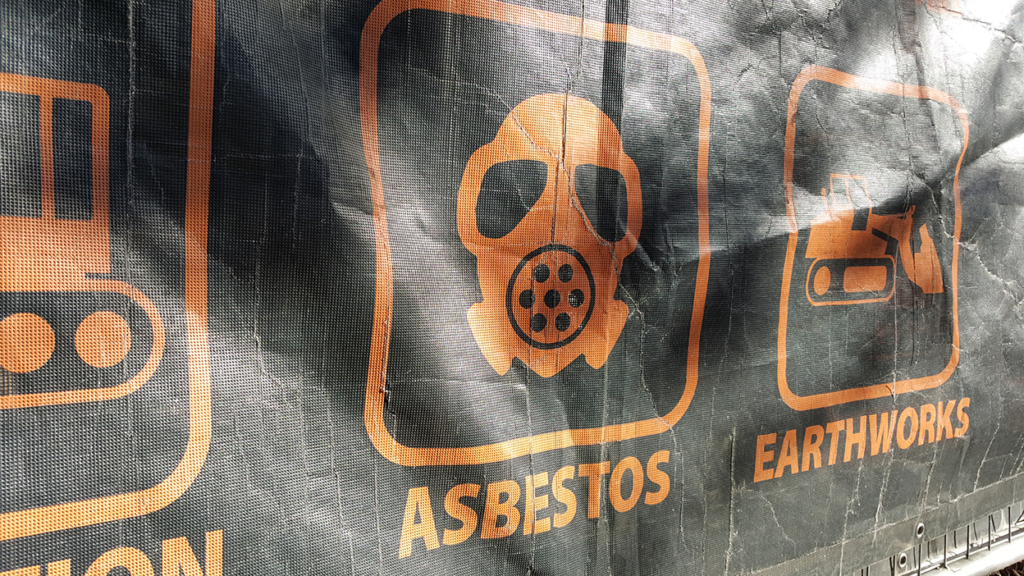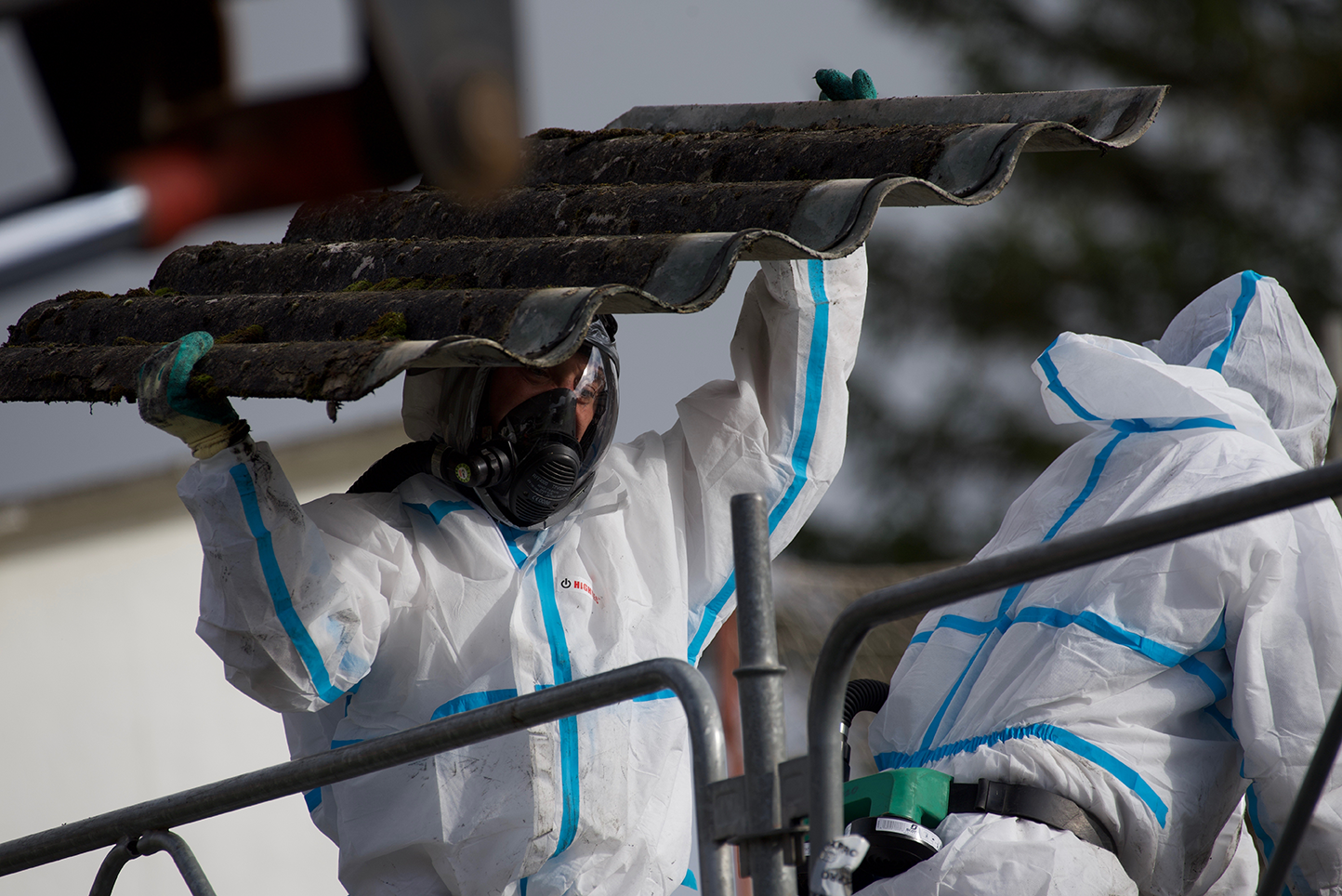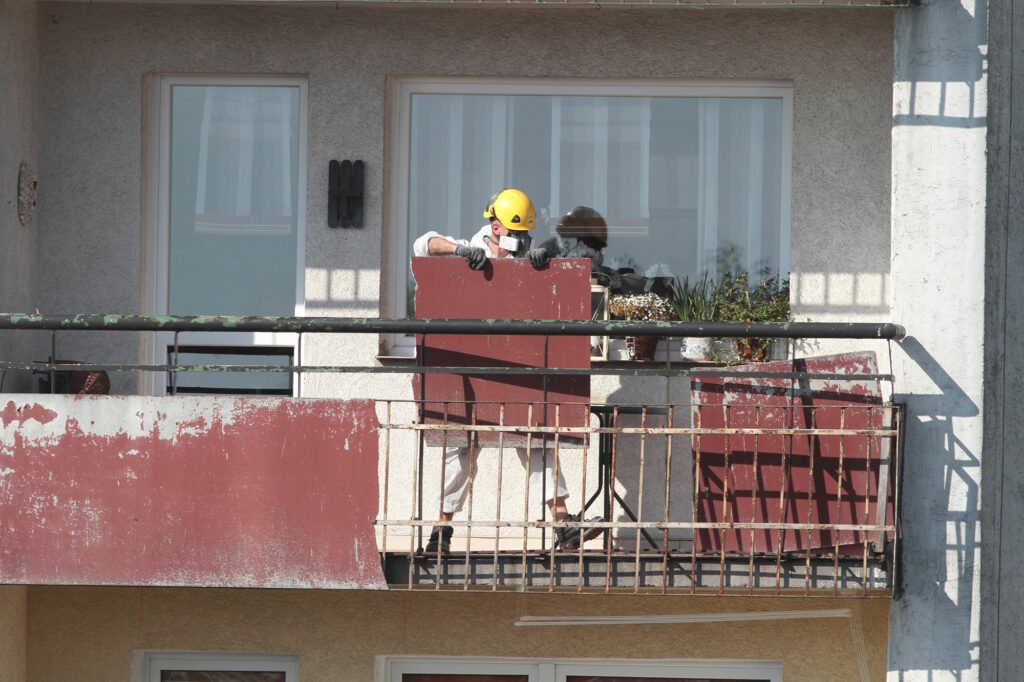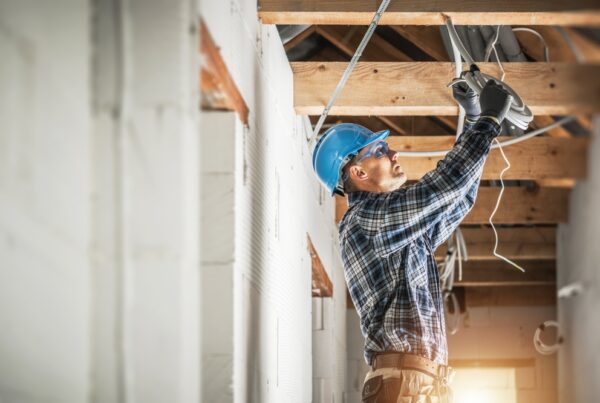It can be pretty shocking to learn that your new rental home contains asbestos shortly after signing the lease, putting you and your family at risk of asbestos related disease.

If the property was built before 1981, there would be some difficulty in ruling out the presence of asbestos, as asbestos may have been in the materials used during construction (ceiling and roofing materials, casting for electric wires or tiles).
At this point, all you can do is hope that your landlord is taking the necessary precautions to ensure your safety while complying with state and local regulations.
But what exactly are those precautions, and what are your rights as a tenant in the case of asbestos in rental properties?
Read on to learn more about asbestos safety in rental properties and tenants’ rights.
Risks associated with asbestos fibres
Asbestos is a naturally-occurring mineral that was once used extensively in construction and other industries due to its heat-resistant and fireproof properties.
However, it has since been banned in Australia because of the health risks and hazards associated with exposure to disturbed asbestos fibres, some of which include:
- Diseases and cancer of the lung and other organs
- Mesothelioma
- Asbestosis
- Difficulty in breathing
- Chronic respiratory diseases
- Pleural effusions
- Pleural plaques
These risks are further compounded in people who smoke tobacco, as smoking and asbestos exposure can increase the risk of developing lung cancer by up to 80 per cent.


Asbestos safety in rental properties/requirements by states
In Australia, landlords are responsible to their tenants and the state to ensure their rental property is safe and free from any hazard that could cause harm.
This includes ensuring that there is no asbestos in the property and inviting asbestos professionals to run checks on the property.
In some cases, the landlord may be required by the state to go for asbestos abatement – total removal of the asbestos material from the property.
This is typically only needed when the asbestos is in a condition that poses an imminent health hazard, such as when it is friable (crumbling and easily broken down) or when there is evidence of asbestos fibres in the air.
If the materials require only a minor repair, the landlord may choose to have them encapsulated instead – a process whereby the asbestos fibres are sealed off so they cannot become airborne.
Tenants’ rights
As a tenant, you have the right to live in a safe and healthy environment. So, if you believe that there is asbestos present in your rental property, you can request that the landlord take action to mitigate the risk of exposure.
This may include removing the asbestos from the property or taking steps to seal or enclose it so that you are not exposed to the fibres.
If the landlord refuses to take action, you may have no choice but to move out of the rental property and demand a refund of your rent.
While at it, you can also contact your local Public Health Department or the Asbestos Safety and Eradication Agency for assistance.
The final step might be to sue the landlord for damages if you can prove that they knew about the asbestos hazard and failed to take action to mitigate the risk.

The bottom line when it comes to asbestos containing material in your rental property
Asbestos exposure can lead to various serious health problems, including cancer.
For that reason, discovering asbestos in your rental property should be immediately reported to your landlord.
If they do not take appropriate action, it is well within your right to move out or even take legal action.
Remember, your health is always more important than any lease agreement. So, do not hesitate to put your foot down and demand that the asbestos hazard in your rental property be taken care of immediately.








